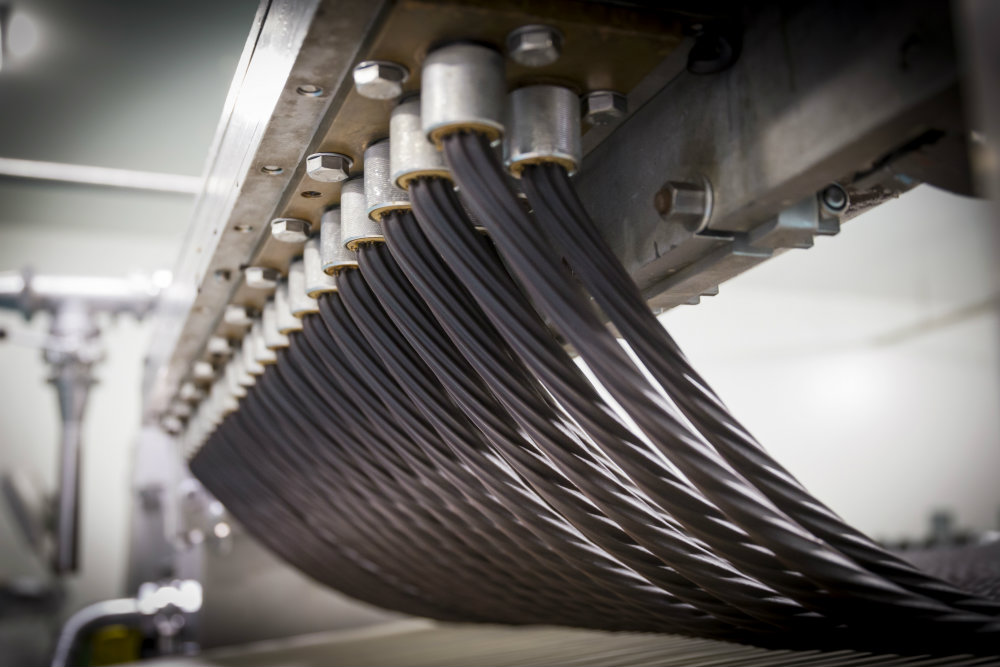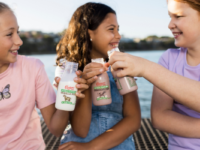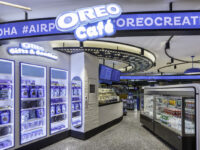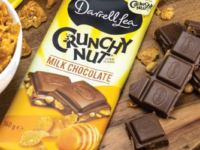 The Darrell Lea story has had more twists and turns than a sour snake. When over 85 years of success came crashing down in 2012, it seemed to spell the end for the iconic sweets company.
The Darrell Lea story has had more twists and turns than a sour snake. When over 85 years of success came crashing down in 2012, it seemed to spell the end for the iconic sweets company.
But fortune favours the brave, and under the ownership of the Quinn family the company began a steady upwards climb.
With a new approach, allowing supermarkets to stock the product, the business made a triumphant return. Its revenue surged from $37.4 million in 2013 to $81.2 million in 2017 and last year, the company was sold to Quadrant Private Equity for $200 million.
One man who has been pivotal in steering the company back to black is CEO Tim York. His hands-on approach has helped Darrell Lea come out the other side a much stronger business.
Tim talks to Inside FMCG about managing failure, taking risks and embracing new beginnings.
INSIDE FMCG: What challenges lay ahead of you when you took on the CEO role back in 2014?
TY: At the time I joined the business there had been a high level of change for probably three years; new team, new site, new machinery, new products. So, while it was an old business it really was like running a 90-year-old start-up when I joined. Culturally, it was really entrepreneurial, which is a massive plus, I think, in any business, but equally that was also a bit chaotic and crazy. My biggest challenge was trying to find the right balance in the process and structure, because the business needed to get things under control, but at the same time try not to kill the energy and excitement, as it was trying to become a really hybrid company again.

INSIDE FMCG: How did you manage the expectations of staff and owners?
TY: Tony Quinn is someone who really liked to have things done at speed. A couple of months after I joined, I remember Tony asking me what progress we had made on things we had spoken about the week prior. I remember saying to him that it was all proceeding at 100 miles an hour, and Tony (who spends a lot of time in motorsport) sort of looked at me with a straight face and told me that 100 miles an hour wasn’t very fast in a race car and I needed to get on with things. It was pretty clear from day one that Tony expected things to move at a fast pace, but equally I found Tony and his family all quite understanding of the challenges we had and I found it quite a good environment.
INSIDE FMCG: How big a role did supermarkets play in the re-invention of the brand?
TY: Supermarkets were really critical to the turning around of Darrell Lea. If you think back to 2012, the majority of sales were through the 60 company-owned stores. They were all shut when the business went into administration, so effectively overnight $100 million dollars’ worth of retail sales was at risk of just completely disappearing. Supermarkets were really supportive of the Darrell Lea brand and without their support the legacy wouldn’t have continued today. Their support dramatically improved the availability of Darrell Lea, so rather than being in just 60 shops where people shopped mostly at Christmas and Easter, all of a sudden we were selling at over 3000 supermarkets and part of the 20 million shopping trips that happen every week. So that increase in availability of shopping frequency was a key part of growing the business.
INSIDE FMCG: How does Darrell Lea plan to establish itself in such a competitive industry? What makes it different?
TY: Darrell Lea is a uniquely Australian business. If you go back a generation or two there used to be quite a lot of family confectionery businesses; today there really aren’t that many so Darrell Lea does stand alone in that context. A lot of Australians grew up with Darrell Lea and have really fond memories of the stores and the products, and those memories have got really strong brand equity and an awareness of the brand. From a product perspective, we do make unique products. Whether it be Bullets or Rocklea Road or even our liquorice, no one makes quite what we do, and no one really makes them as well as we do. Then if you look at the products that we do well, it’s really a combination of flavours and textures that makes them special. With Bullets it’s creamy Darrell Lea chocolate and chewy liquorice; with Rocklea Road its fluffy marshmallow and crunchy peanuts; and it’s those combinations of textures and flavours that really allow Darrell Lea to have some signature products.

INSIDE FMCG: How will the acquisition of Heritage Fine Chocolates help the company grow?
TY: The reason we bought Heritage is we think it really helps us drive scale in our chocolate business and they’ve got a number of manufacturing capabilities that are complementary to the Darrell Lea business. Over the next year or two you’ll see a lot of new products come out of those capabilities.
INSIDE FMCG: How is the brand innovating to ensure it connects with younger consumers?
TY: We’re doing a number of things across both product packaging and marketing that will help us to connect with the younger generation of Australians. From a product perspective it’s about developing flavour ranges that appeal to both our loyal consumers, who may be older than others, but also having some flavour concepts that really appeal to younger people – like caramel popcorn as a flavour in some chocolate products, peanut butter, popping candy etc. They’re all aimed to appeal to a younger audience. From a marketing perspective, we’ve got quite a big campaign planned for next year and you’ll certainly see the tone of voice in the media channels that we’re going to invest in really appealing to a younger generation.
Read the extended interview in the January issue of Inside FMCG’s quarterly magazine.
















